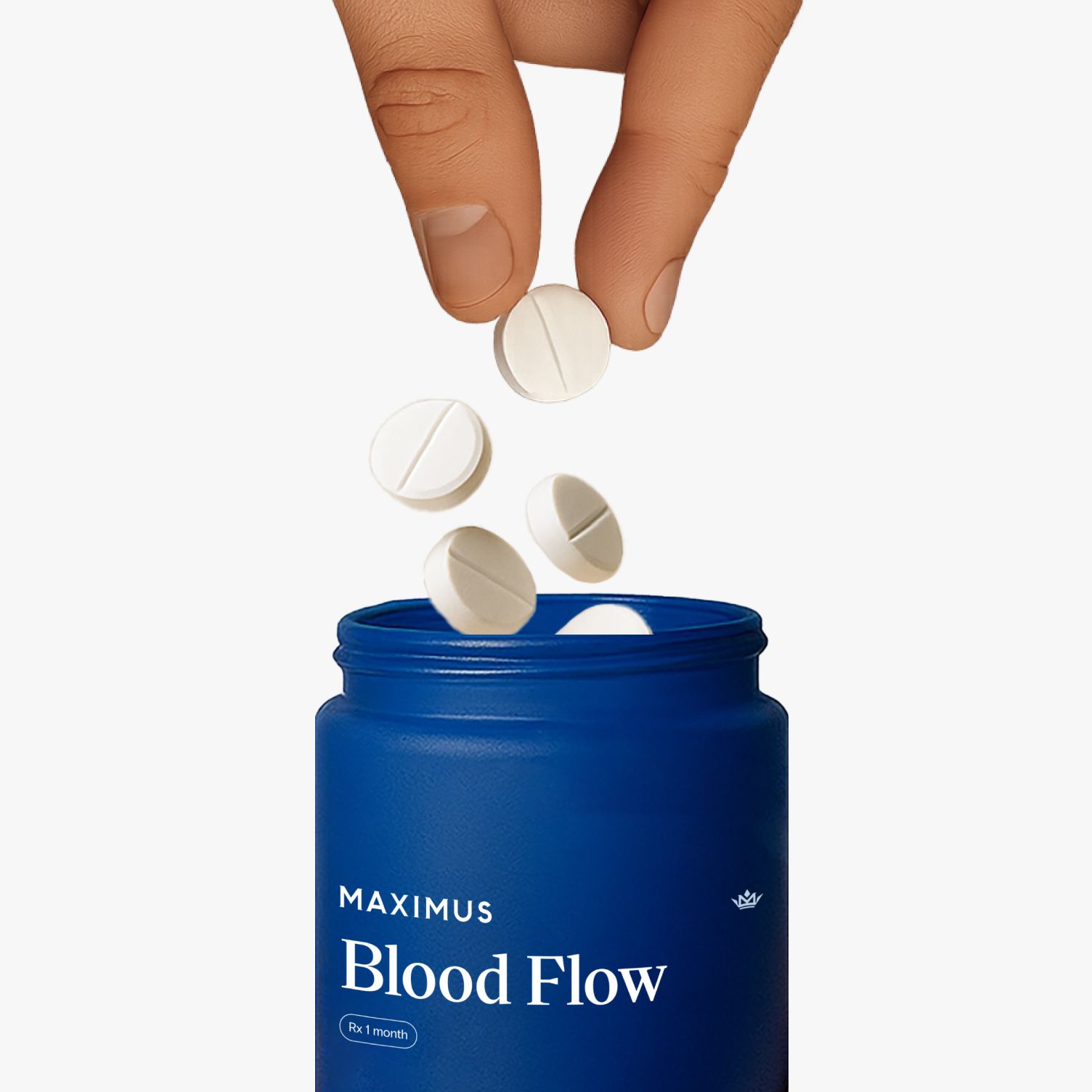Key takeaways:
- Microplastics have been found in many different parts of the human body, from the testes to the blood and lungs.
- Scientists caution that a lot more research is needed in this area to get a better understanding of how microplastics impact human health.
- It’s probably a good idea to find ways to limit plastic use in your daily life. For example, store food and reheat it in glass containers. Drink from a reusable steel water bottle or glass bottle.
Did you know that there are microplastics in human testicles now? In a recently published study, researchers tested samples from 23 human testes and found microplastics in allof them. They also tested samples from 47 dogs — and yes, microplastics there too. The fact that microplastics are so prevalent across all these samples is a bit of a wakeup call. But beyond that, there’s more — researchers suggest that these microplastics may play a role in declining sperm counts.
Microplastics are tiny little fragments of plastic. When you throw away something made of plastic, it takes a long time to break down. In saying “a long time” we’re not exaggerating — it’s estimated that plastics take hundreds of years to degrade. In the meantime, they disperse everywhere. Microplastics are in the soil, in water supplies, being ingested by marine life, and yes, they’re getting into your body through food, breathing, and contact with products you use.
This is the largest study so far to look at the prevalence of microplastics in the male reproductive system, but smaller studies have produced similar findings. When researchers involved in this newer study looked into exactly which types of plastics are floating around in the testes, the most prevalent was polyethylene, which also happens to be the most commonly used type of plastic in the world. It’s used to make things like plastic shopping bags, detergent containers, and plastic food wrap. Among many other types of plastic, polyvinyl chlorine, aka PVC, was also detected in large amounts. This type of plastic is used for a slew of products that pervade everyday life, like window frames, drinking water pipes, medical devices, and wire insulation.
The testes definitely are not the only body part that microplastics have nestled their way into, either. They’ve also been found in human blood, placentas, semen, and lung tissue, which is … more than mildly concerning.
Let’s look at how microplastics might impact testosterone and reproductive health.
There are many concerns about microplastics impacting our health, including that they may compromise male fertility and reduce sperm counts. They can also damage the intestines, affect growth and development, and have long-term adverse effects on health. By now you’re well aware that testosterone levels have dropped significantly in the past fifty years. There are many possible culprits, but one possibility that researchers suspect, but doesn’t get talked about all that often, is microplastics. Research shows that the absorption of microplastics is associated with reduced testosterone bioavailability and a decline in sperm quality.
Microplastics may lower testosterone levels.
Research shows that chronic exposure to microplastics can decrease male testosterone levels and can also be toxic to the male reproductive system. Some animal studies noted that short-term exposure to microplastics may result in disordered hormone levels and oxidative stress in the testes. Other research found that serum testosterone levels decreased and sperm quality declined in rodents exposed to microplastics for 28 days.
Microplastics can mess with the endocrine system.
A lot of plastic products release estrogenic chemicals and are known to be endocrine disruptors. An endocrine disruptor can be anything that gets in the way of the endocrine system’s normal functioning and the different processes it regulates, like mood, growth, metabolism, and reproduction.
Phthalate exposure could block the effect of testosterone on the body.
Research shows associations between consumption and exposure to phthalates and decreased testosterone levels, in young boys in particular. Phthalates are endocrine-disrupting chemicals (EDC) found in many PVC plastic products and personal care products, from soaps to moisturizers, colognes to lube.
In a recent study, reduced levels of circulating testosterone were “associated with increased phthalate exposure in several key populations, including boys ages 6 to 12, and men and women ages 40 to 60,” according to one of the study authors.
Polystyrene microplastics can be toxic to the reproductive system.
Polystyrene microplastics are some of the most commonly produced and used plastics as well as the dominating plastic pieces detected in aquatic and land regions. Polystyrene is used to make many common products, like food packaging (like meat packaging and takeout containers), packing foam, and electronics. Results from animal studies show that polystyrene microplastics may be toxic to the reproductive system and overall health in various ways, including by contributing to oxidative stress, disturbing the immune system, and inhibiting hormone receptors.
How to try to avoid microplastics
As you read this, you’re probably thinking about all of the plastic that surrounds your daily life. While plastic use in today’s modern society is abundant (to put it mildly), you can take some steps to reduce your exposure.
- Use glass. Store food in glass containers. Cook with glass, ceramic, or metal products. Swap out any plastic cooking utensils and cookware.
- Be discerning about those takeout food containers. Look into the products your favorite restaurant uses for their takeout or delivery service. If you’re not willing to sacrifice this convenience from a beloved restaurant, remove the food from its container as soon as you can and transfer it to your glass storage containers.
- Drink out of stainless steel water bottles or glass. One study found that people who solely drink water from plastic bottles might consume as much as 90,000 more microplastics each year than people who drink only tap water.
- Look at your morning hot beverage. Is your tea bag made from plastic? This could be problematic, with research showing that plastic teabags release billions of microplastic particles into tea. Are you drinking coffee from a plastic K-cup? You might consider switching to a disposable paper or reusable stainless steel K–cup filter.
- Use caution around products that claim to be BPA-free. Some studies found that commercially available plastic resins and products that were advertised as bisphenol A (BPA) free still release chemicals that have estrogenic activity, which means they can act like naturally occurring estrogen in the body, or block the effects of natural estrogen.
- Eat less processed foods. Choose whole foods whenever possible. Many processed foods are sold in plastic packaging that potentially contains endocrine-disrupting chemicals that could interfere with proper hormone functioning.
Personal changes are good, but it’s not all on you. Scientists who study this field are concerned and say a lot more research is needed to better understand the relationship between microplastics and overall reproductive health, and what can be done to protect people from potential health risks.
Dr. Cam’s Health Hack
Looking for more tips? Take this advice from Dr. Cam:
"How to minimize xenoestrogens (environmental estrogens):
Use filtered water
- Glass and metal containers/bottles
- Minimize plastics and aluminum cans
- Only high-quality supplements & personal care products
- Calcium D-Glucarate (via @MaximusTribe King Protocol) flushes them out”
Disclaimer: The contents of this article, including, but not limited to, text, graphics, images, and other information, is for information purposes only and does not constitute medical advice. The information contained herein is not a substitute for and should never be relied upon for professional medical advice. The content is not meant to be complete or exhaustive or to be applicable to any specific individual's medical condition. You should consult a licensed healthcare professional before starting any health protocol and seek the advice of your physician or other medical professional if you have questions or concerns about a medical condition. Always talk to your doctor about the risks and benefits of any treatment. Never disregard or delay seeking professional medical advice or treatment because of something you have read on this site. Maximus does not recommend, endorse, or make any representation about the efficacy, appropriateness, or suitability of any specific test, products, procedures, treatments, services, opinions, healthcare providers or other information contained herein. Maximus is not responsible for, nor will they bear any liability for, the content provided herein or any actions or outcomes resulting from or related to its use.





